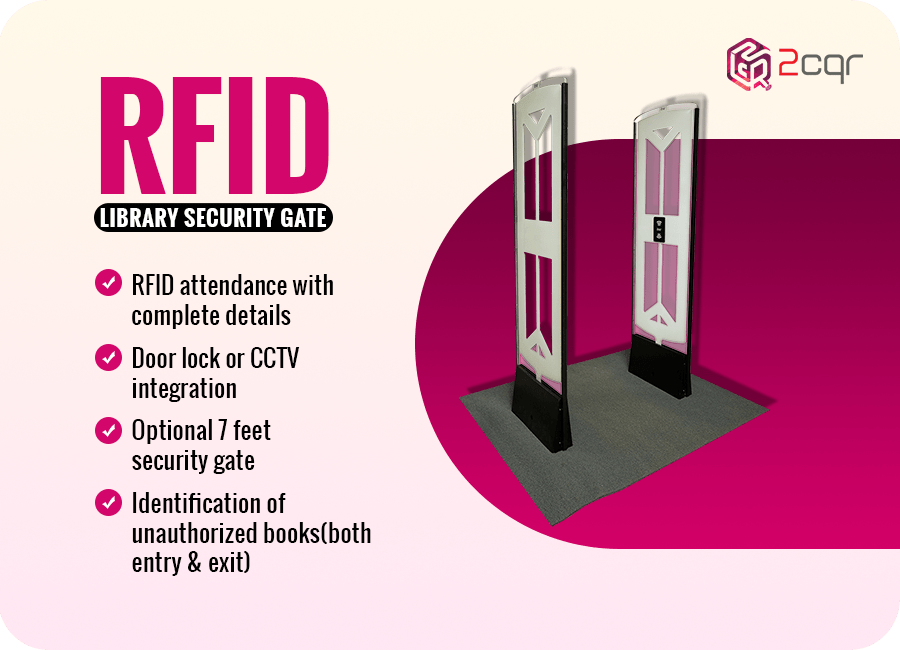
RFID (Radio-Frequency Identification) technology is causing a revolution in libraries around the world. It’s freeing up staff from mundane tasks, digitalizing library operations, and, most importantly, attracting more patrons.
RFID for library plays a significant role in improving the user experience, and it’s hard to imagine modern library management without it. One of the core components of this technology is the RFID reader, and without it, several crucial activities would be almost impossible to carry out in libraries.
Self-Service Stations: Elevating the Patron Experience
Self-service stations are at the heart of modern libraries, drawing patrons in and encouraging repeat visits. These stations allow users to independently check in and check out items, reducing their dependency on library staff and significantly cutting down waiting times. The secret behind this seamless experience with rfid in libraries is the RFID reader, discreetly embedded in the self-service kiosks.
RFID readers are the unsung heroes, swiftly identifying items, processing transactions, and enhancing the user experience. They empower patrons to complete multiple check-ins and check-outs individually, making library visits more efficient and convenient. Thanks to these RFID readers, libraries can foster higher visit frequencies, keeping patrons engaged and satisfied.
Reorganizing Returned Books: A Streamlined Process
Maintaining an organized library collection is essential for a seamless patron experience. Efficiently reorganizing returned books is a common, yet often annoying, task. The timely check-in of books, including the verification of due dates, is crucial, particularly after working hours, when staff availability may be limited.
Here’s where RFID readers step in to save the day. They are integrated into drop boxes and intelligent shelving systems, which are equipped with RFID readers that can scan the tags attached to library resources. When patrons return items, these RFID readers swiftly identify each one and automatically execute necessary tasks. This includes updating the database with returned items, checking due dates, and accurately reorganising the books to their original locations.
With RFID readers overseeing this process, library staff can reallocate their time and efforts to more strategic and user-centric tasks. The result is an optimized experience for both patrons and staff.
Multiple Tag Reading: A Game Changer for Inventory Management
Managing library inventory can be a daunting task when done manually. Checking every resource individually not only consumes precious time but also increases the risk of errors, such as miscounts and resource misplacement. These issues can significantly impact the efficiency of stock management.
RFID readers have completely transformed the inventory management landscape. They possess the remarkable ability to identify and process numerous RFID tags within their frequency range simultaneously. This means that library staff can quickly and accurately complete inventory checks, including identifying misplaced resources, all within a matter of minutes.
The RFID readers play a critical role in streamlining inventory management processes. They contribute to maintaining a well-organised library collection, allowing patrons to easily locate items and library staff to offer more efficient services. In this way, RFID technology, empowered by RFID readers, enhances the overall library experience.
In conclusion, RFID technology and RFID readers have become integral to modern library management. They automate tasks, improve user experiences, and optimise inventory management. With these components in place, libraries can offer more convenient, efficient, and engaging services to their patrons, transforming the way libraries operate and cater to their communities.



1 comment on “ RFID for Library: 3 Things That Sounds Impractical without RFID Readers”